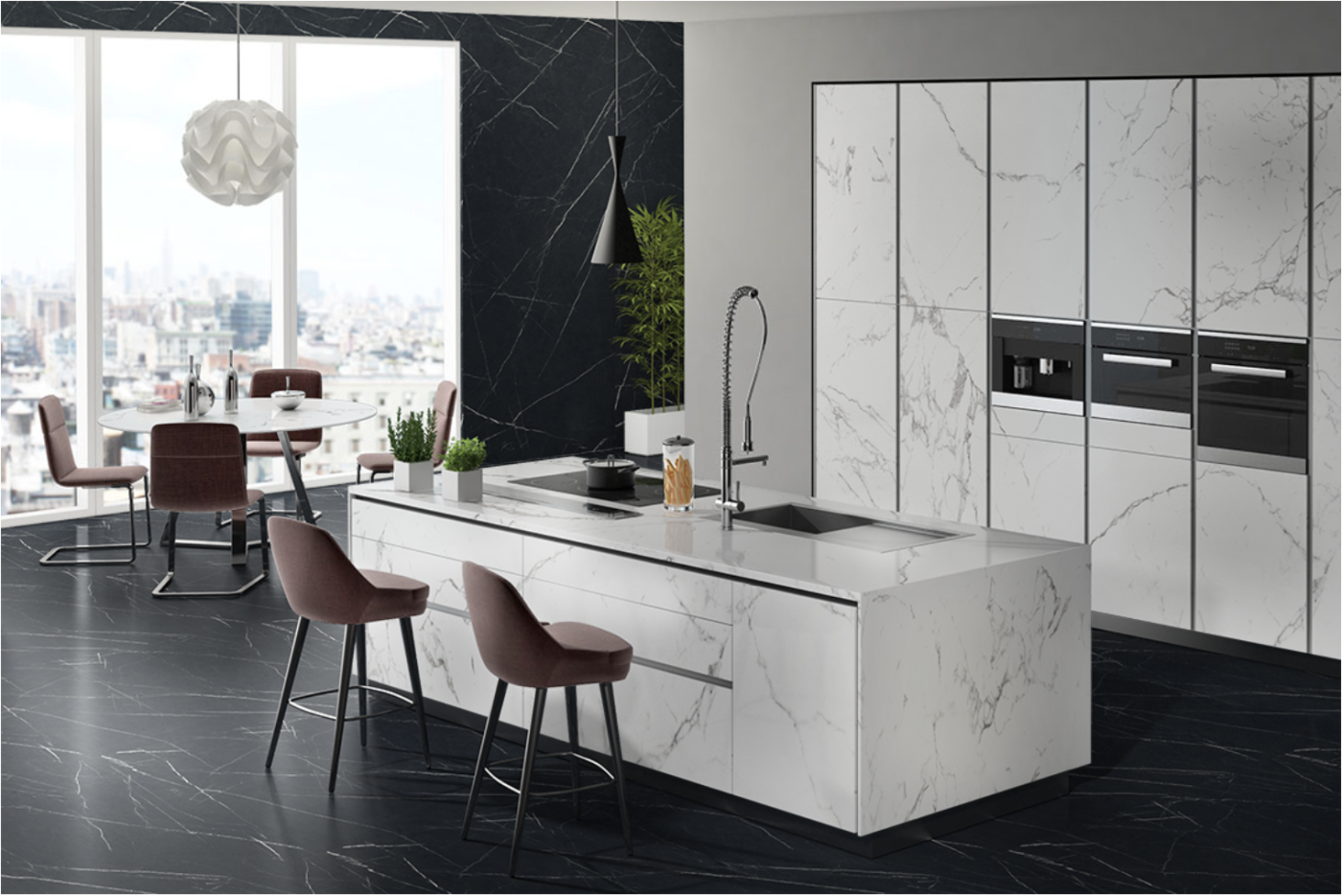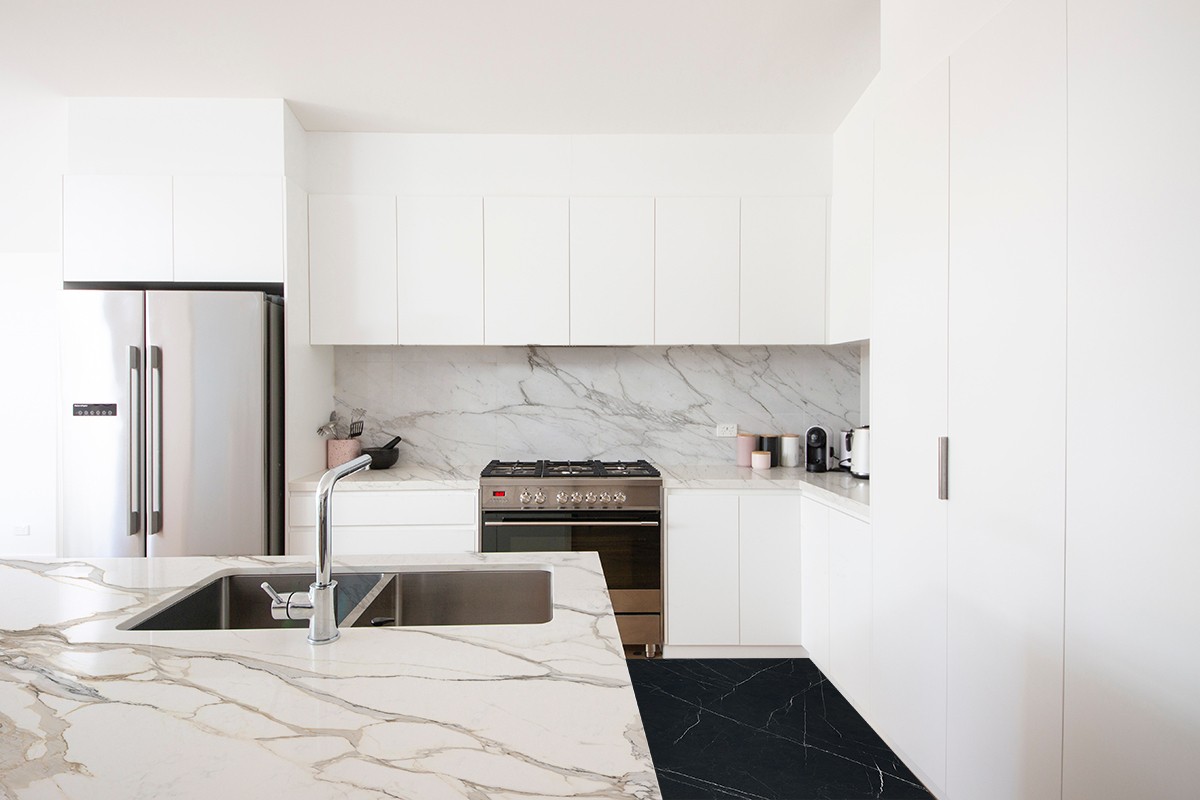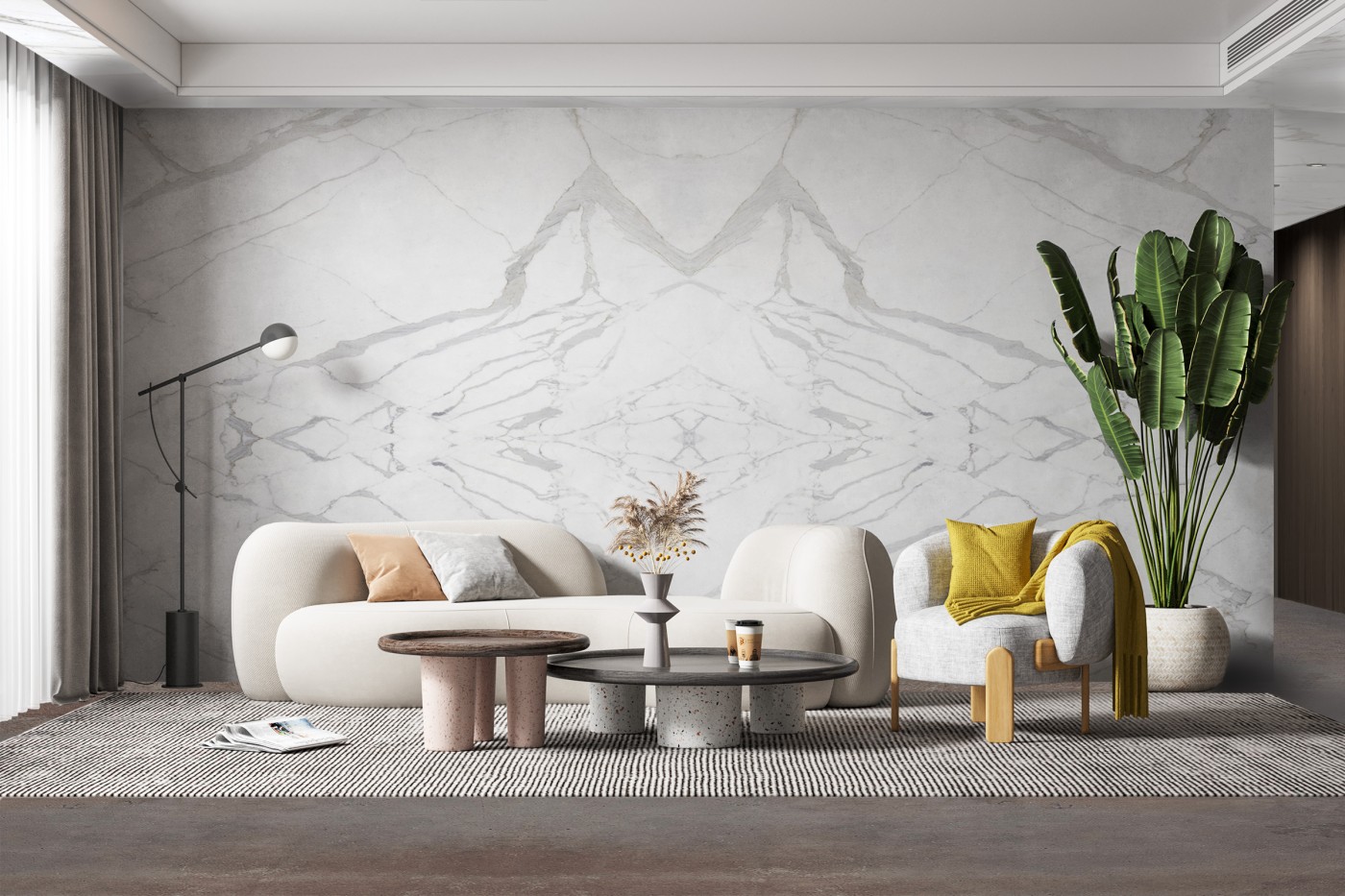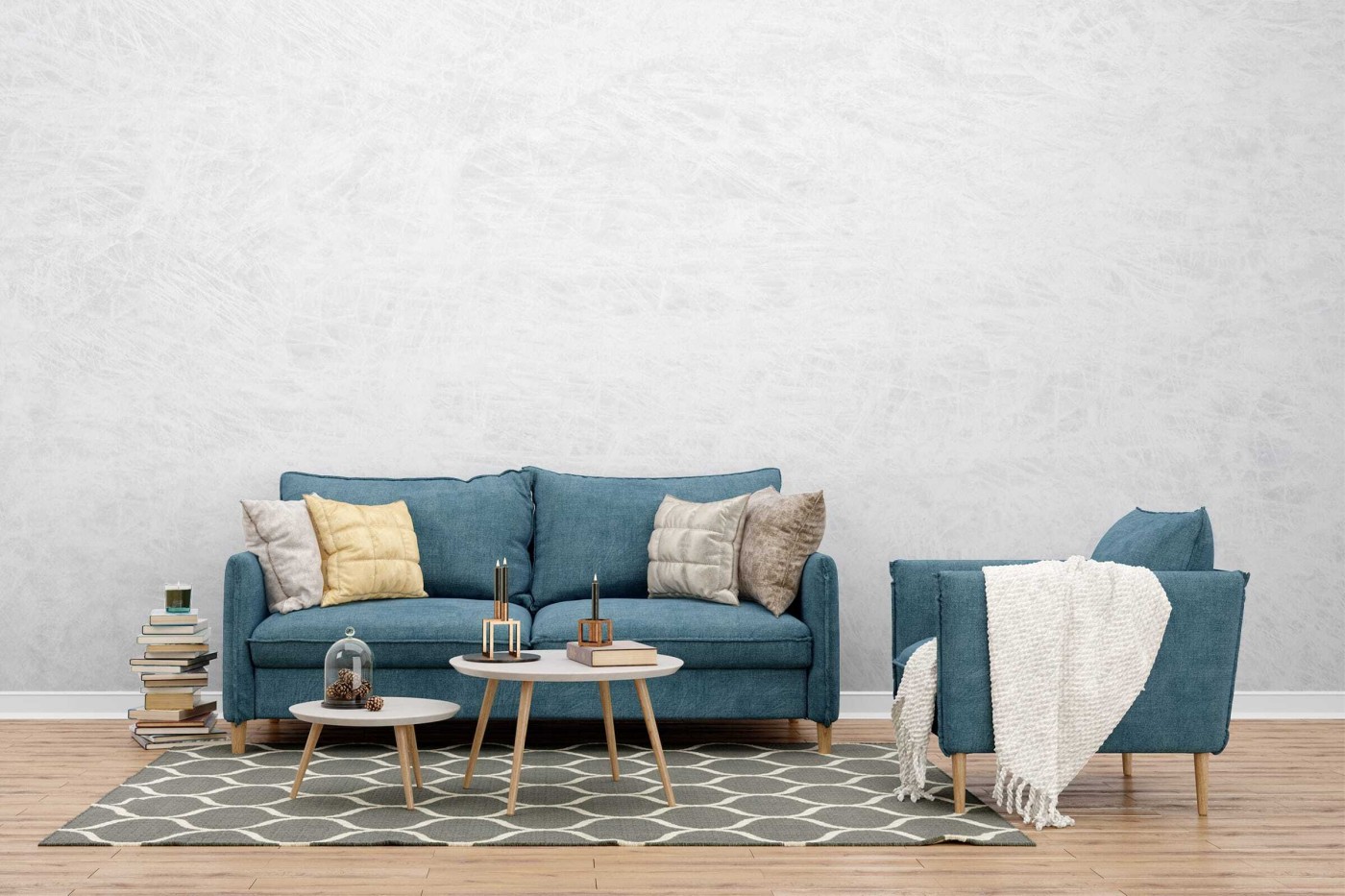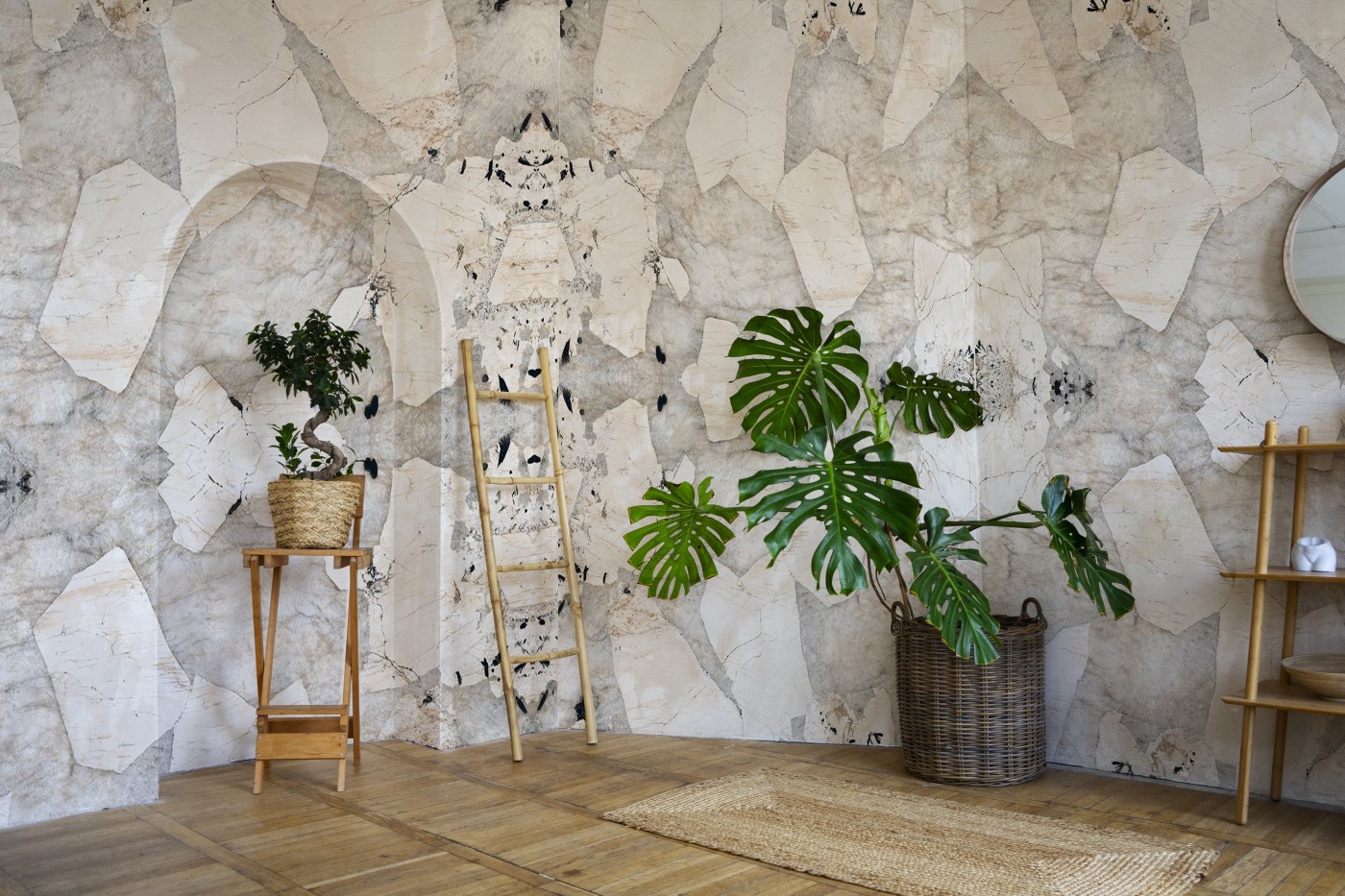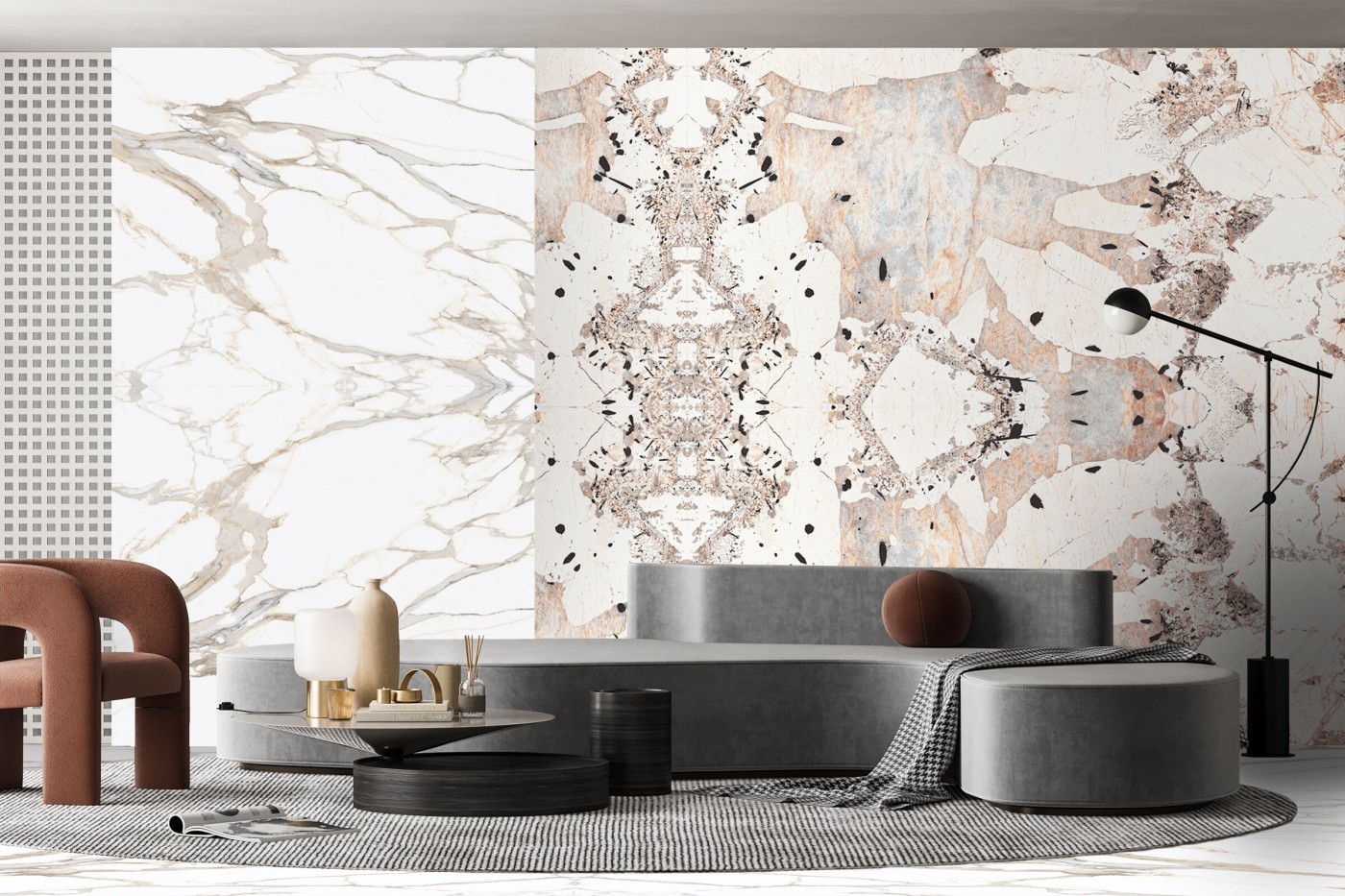
17 November 2022 - 4 minutes of reading
Ceramic and gres porcelain: do you know the difference?
There is a lot of confusion in the mind of those who, building their homes or renovating their offices, are laymen and find themselves faced with words such as ceramic, laminated gres, gres porcelain, tiles… .
Often this confusion leads to many questions such as:
is gres a synonym for gres porcelain? Are gres porcelain and tiles the same thing? What is the difference between ceramic, tiles and gres porcelain?
Words let us express ideas, concepts and projects. Proper use of terms is fundamental for speaking and being understood in both private and professional relationships.
Building industry, architecture and design are areas with a wealth of complex and specific terms. It is important, when trying to clarify the main concepts, to best understand all facets of the world of ceramics.
What does the term ceramic mean?
The term ceramic comes from the ancient Greek word Kéramos, which literally means clay, the inorganic material that, while it is malleable in its natural state, becomes rigid and stable after it is baked.
Ceramic is subdivided into two main categories:
• compact paste, which includes gres and porcelain;
• porous paste, which includes pottery, majolica, terracotta
What does the term gres mean?
The history of gres porcelain or gres has very ancient roots and is characterized by many theories that tell why this material was conceived. The history closest to the truth is that describing a search for a new covering material that could be both beautiful and strong (at this link you will find the complete history of this material).
Stoneware is not one of the porous pastes, featuring a softer, absorbing and decidedly less resistant paste, but rather is one of the compact pastes, with a good level of impermeability to gases and liquids, very low porosity and great strength.
This material belongs to the family of ceramics, that results from a complex processing that blends clay, ceramic, feldspar, kaolin and sand to create a mix that is baked at an extremely high temperature. Indeed, gres porcelain tiles have a vitreous structure due to the high baking temperature, which may range between 1200°C and 1400°C.
What does the term tile mean?
Tiles, in their many formats, are thought to descend from ancient cement tiles, a synonym used to classify, name and describe architectural elements that cover floor and wall surfaces both as finishes and as artistic embellishments.
The various terms for tiles are used irrespective
. of their form which can be square, rectangular or hexagonal
. of their size, which can be 15x15 cm, 15x20 cm, 20x20 cm
. of their material, which can be grit, marble, ceramic and gres porcelain.
Tiles are the name of an object no matter what material or composition it has.
How to choose between gres porcelain and ceramic?
Is it better to have a ceramic or a gres porcelain surface? Should office coverings be solid colors or decorated?
Compact ceramic, in all its versions, is one of the most commonly used materials for covering home and professional room surfaces, mainly because they let decors be creative and customized.
Floors, customized surfaces and coverings in gres porcelain or with ceramic tiles are always an excellent solution. But they can, like all things, have advantages and drawbacks.
Choice of floors is one of the toughest decisions to make when renovating a home. And while from a practical standpoint floors must be strong and easy to clean, from the esthetic standpoint one always looks for designer materials that offer great beauty.
As we have already seen, tiles can be made of different materials and in different shapes. Ceramic tiles, in particular, are made from mixtures of clay, sand and natural raw materials. The end product depending on how these materials are processed and baked, will have different characteristics regarding hardness and mechanical, chemical and physical strength.
And even though traditional ceramic is still widely used, gres porcelain, thanks to its high level technical performance and versatility, is, of all the types, the product that is most used.
It is extremely compact, durable, resistant to blows, scratches and chemicals. It is also water repellent with an absorption capacity that is almost null.
Its intrinsic characteristics make it very suitable for being laid in humid environments such as kitchens, bathrooms or even outdoors.
Ceramic tiles, on the other hand because they are made of natural clay covered with a durable enamel finish, are especially water-resistant, ideal for covering bathroom and kitchen floors and very easy to clean. Ceramic, however, while it is very hard, is rather fragile and subject to breakage.
Which to choose?
Both materials are excellent and provide a wealth of advantages. Gres offers greater possibilities and better balance between performance and appearance.
Gres is a material esthetically suitable for designer rooms and interiors, very resistant to blows, acids and high pressures. Ceramic, able to offer soft decorative elements and patterns, is highly water-resistant, easy to clean, but more delicate and subject to breakage.
Gres porcelain, in addition, adapts perfectly to making uninterrupted surfaces without gaps, something that ceramic does not allow.
Visit this page to know all about the characteristics of gres porcelain. If you have specific questions you can consult our page dedicated to FAQs about gres porcelain!




